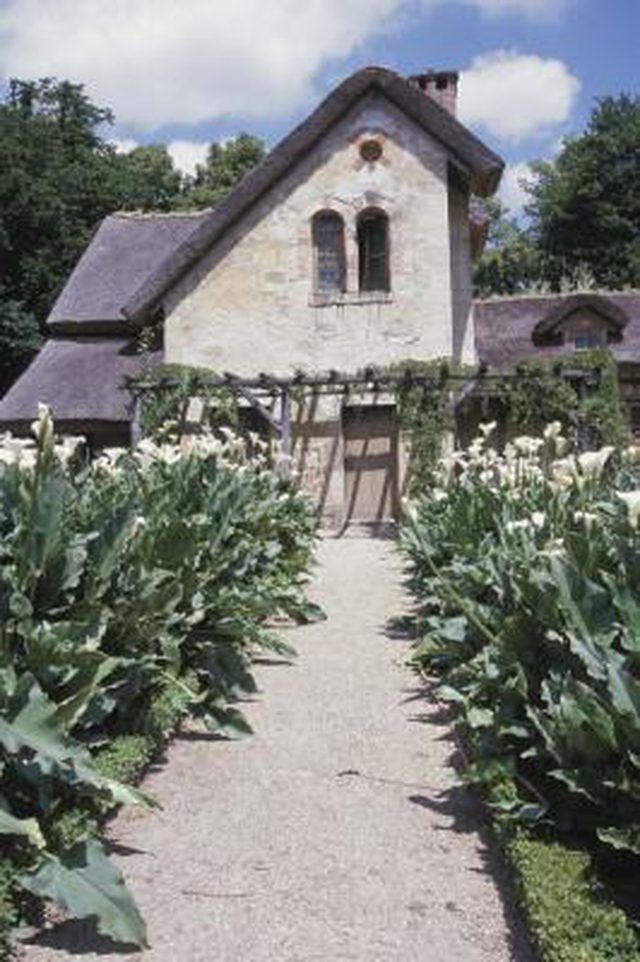Bulbs
Flower Basics
Flower Beds & Specialty Gardens
Flower Garden
Garden Furniture
Garden Gnomes
Garden Seeds
Garden Sheds
Garden Statues
Garden Tools & Supplies
Gardening Basics
Green & Organic
Groundcovers & Vines
Growing Annuals
Growing Basil
Growing Beans
Growing Berries
Growing Blueberries
Growing Cactus
Growing Corn
Growing Cotton
Growing Edibles
Growing Flowers
Growing Garlic
Growing Grapes
Growing Grass
Growing Herbs
Growing Jasmine
Growing Mint
Growing Mushrooms
Orchids
Growing Peanuts
Growing Perennials
Growing Plants
Growing Rosemary
Growing Roses
Growing Strawberries
Growing Sunflowers
Growing Thyme
Growing Tomatoes
Growing Tulips
Growing Vegetables
Herb Basics
Herb Garden
Indoor Growing
Landscaping Basics
Landscaping Patios
Landscaping Plants
Landscaping Shrubs
Landscaping Trees
Landscaping Walks & Pathways
Lawn Basics
Lawn Maintenance
Lawn Mowers
Lawn Ornaments
Lawn Planting
Lawn Tools
Outdoor Growing
Overall Landscape Planning
Pests, Weeds & Problems
Plant Basics
Rock Garden
Rose Garden
Shrubs
Soil
Specialty Gardens
Trees
Vegetable Garden
Yard Maintenance
How to Make a Gravel Flower Bed
How to Make a Gravel Flower Bed. The process for installing a gravel flower bed is straightforward, although building the bed takes several hours. Once installed, the gravel bed will remain neat and tidy for years with little maintenance beyond pulling the occasional weed. Keep in mind, though, that flowers don't grow or spread well when mulched...

The process for installing a gravel flower bed is straightforward, although building the bed takes several hours. Once installed, the gravel bed will remain neat and tidy for years with little maintenance beyond pulling the occasional weed. Keep in mind, though, that flowers don't grow or spread well when mulched with gravel. Hardy trees and shrubs usually fare better. Gravel is a more permanent mulch than wood chips or bark, but replace it if it becomes thin over the years.
Things You'll Need
Garden hose or powdered chalk
Shovel
Rake
Compost or manure
Edging material
Landscaping fabric
Scissors
Mark off where the flower bed will be, using a garden hose or powdered chalk to delineate the area. Remove any sod, weeds or debris and discard.
Spread 2 to 3 inches of compost or manure on the soil and till it to a depth of 8 inches. Rake the soil to smooth and level it. Adding compost or manure improves drainage and soil texture and is especially helpful if you are planting a lot of perennial and annual flowers. Amending the soil may not be necessary if you are planting a few shrubs.
Install any edging material, such as metal or stone edging. Lay landscaping fabric over the soil, cutting it to fit the flower bed. Secure it with landscaping pins, spaced 18 inches apart around the perimeter of the flower bed.
Cut holes in the landscaping fabric to plant flowers or shrubs. Dig out the soil and place it on the landscaping fabric as you plant the flowers. Move the soil back into the hole once the plants are in place and firm the soil down gently around them. Plant shrubs or trees first and cut slits in the landscaping fabric to fit over the plants.
Cover the landscaping fabric with 2 to 3 inches of gravel. Rake it smooth.
Tips & Warnings
Landscaping fabric minimizes weed growth, but over time it disintegrates and weeds grow through holes in the fabric. Whether you install landscape fabric is largely a matter of personal preference. Some gardeners love it; others hate it. If you're willing to spend a few minutes pulling the occasional weed, skip the landscaping fabric. Otherwise, install it, but know that it may need to be replaced in the future.
Buy gravel in bags through a local nursery or home center if you have a small garden. Otherwise, buy it in bulk at a landscaping supply store. Select gravel for flower beds that is less than 1/2 inch in diameter.